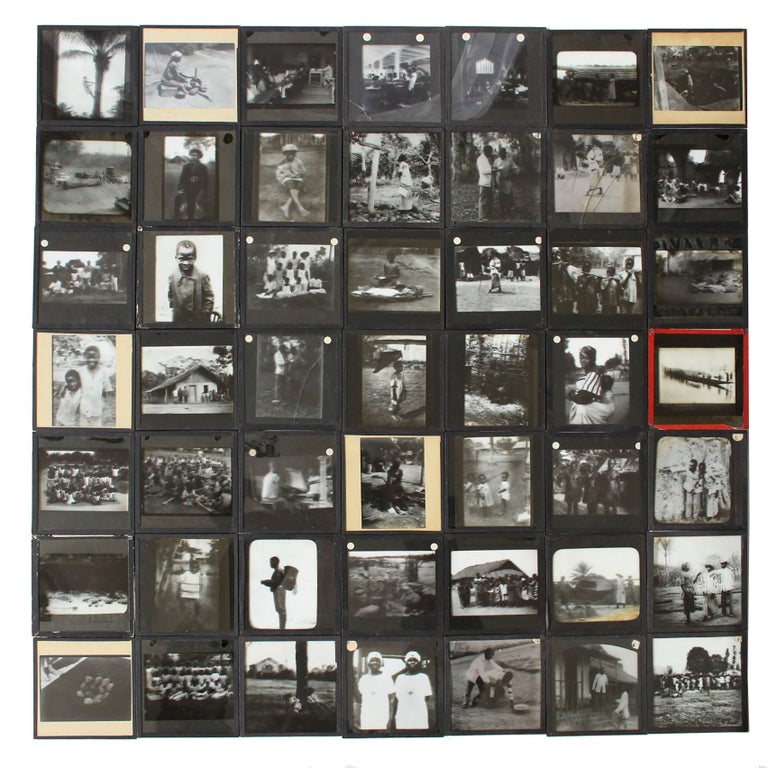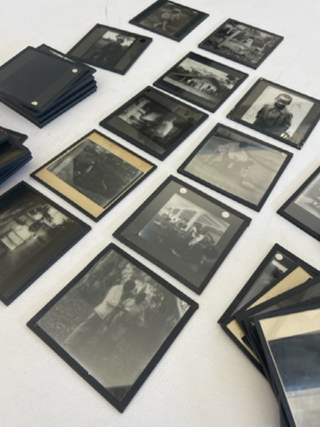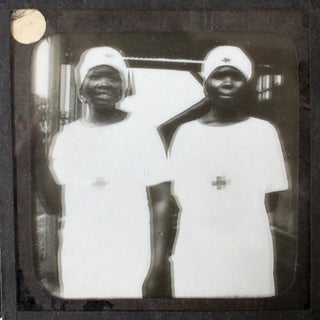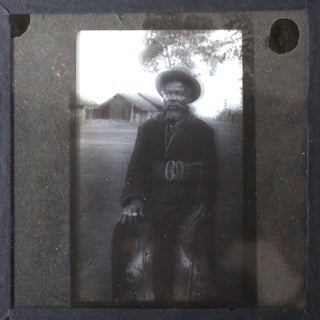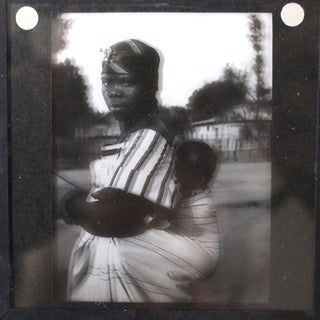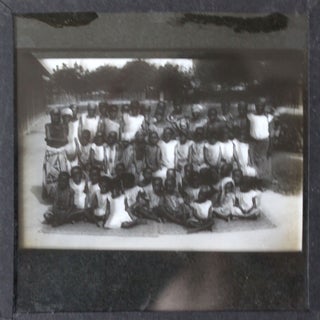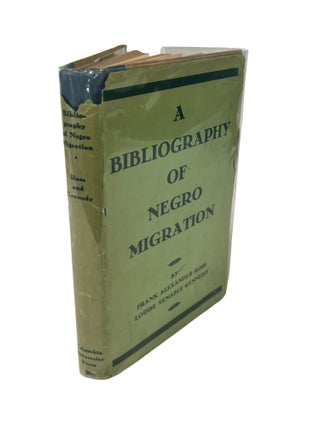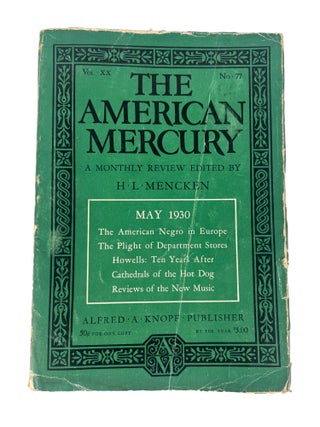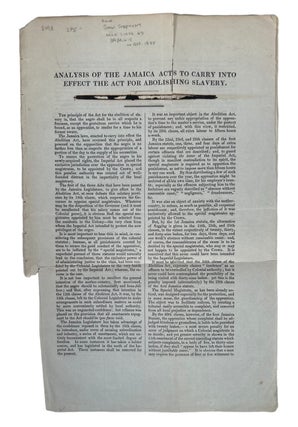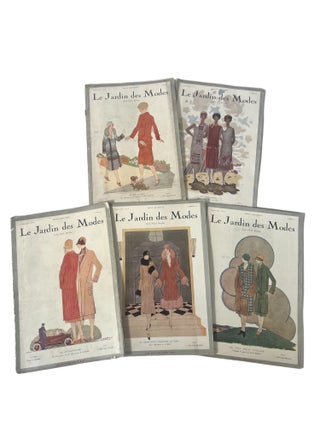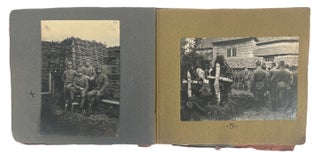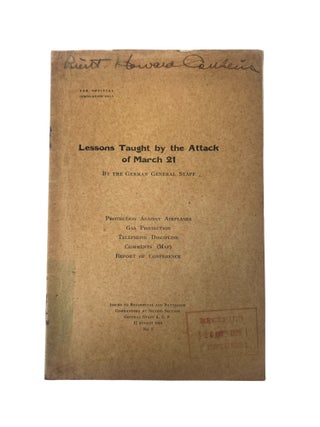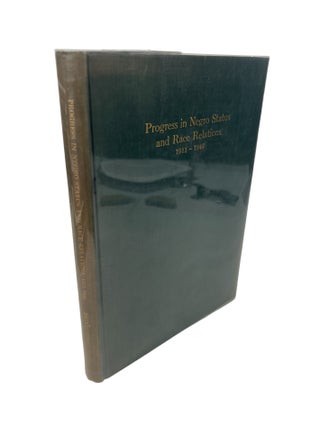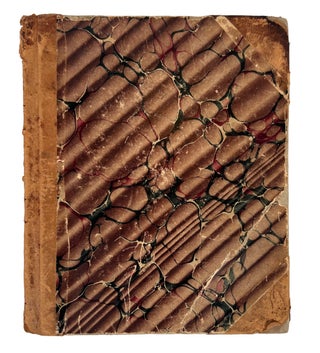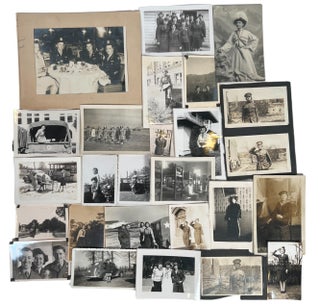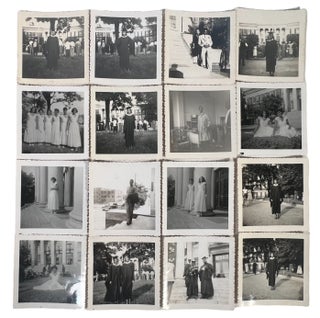Africa, 1910s-20s: Archive of 49 Glass Lantern Slides Gives a Fascinating look inside early 20th century Africa.
Photo Archive
Lot of 49 glass lantern slides showing life in early 20th century Africa. Probably Kenya. Trees and landscape are consistent with Kenya circa 1910s-20s. Slides measure 3.25 x 3.25 inches. These glass slides were used in the magic lantern, an early prototype of the modern slide projector, and would have been taken for the missionaries' fundraising campaigns on visits home. Many of the images show villagers building western structures and working with western technology. In one a group of 8 subjects, both men and boys, dig a deep, square foundation for a new building. In another, 2 men work over printing presses in a large room with wooden ceiling beams and support pillars. One man bends over a printing press while another holds a newspaper up for examination. In another photo, 2 small boys prepare a printed document for reproduction. In one series, the villagers appear to be performing a play promoting mission's work. In one slide, a well dressed man bends over another man who has fallen to his knees, his coat torn and appearance disheveled. The next image shows the man who fell standing before a cross with one hand clasped to his heart. The same man is seen in third image surrounded by villagers with a book in one hand, reading to them, possibly telling the story of his own salvation. Taken together the slides appear to be a dramatization with images taken by the missionaries to be played in tandem. Missions work played a vital role in colonization, providing a philanthropic cover for conquest as well as its own revenue stream from private donations raised by missionaries via efforts like this one. Native economies, educational systems, languages, cultures and ways of living were radically altered by missionaries whose evangelism came at the cost of westernization. White missionaries appear in some of these slides. In one image 2 white women stand with a group of villagers all dressed in the same starched white smocks of the beginning of the century. In another image, a white man stands in front of a large group of villagers lining pews in what appears to be a traditional European church structure. Throughout the photos the villagers themselves appear in a mix of native and western dress, sometimes in western hats or coats worn over traditional garments. In one photo a white woman sits surrounded by villagers, the men all in western suits, the women in long dresses of the period. In another image an African man sits on a platform at a desk in what appears to be a traditional indoor classroom with students at long desks. Some images show the villagers separate from western influence. In one a woman stands with baby bundled to her back, both mother and child looking to the camera with open expressions. In another a man picks fruit from a tall tree he's tethered himself to, suspended like an acrobat, silhouetted against a clear sky.European missionaries began settling in the area from Mombasa to Mount Kilimanjaro in the 1840s, nominally under the protection of the Sultanate of Zanzibar. In 1886, the British government encouraged William Mackinnon, who already had an agreement with the Sultan and whose shipping company traded extensively in the African Great Lakes, to establish British influence in the region.The Protectorate of Kenya was governed as part of the Colony of Kenya by virtue of an agreement between the United Kingdom and the Sultan dated 14 December 1895. At this point, we can not be sure these images are in Kenya,or a surrounding country and it needs further investigation. A fascinating look inside early twentieth century Africa.
Item #18285
Price: $750.00
See all items by Colonialism Africa

